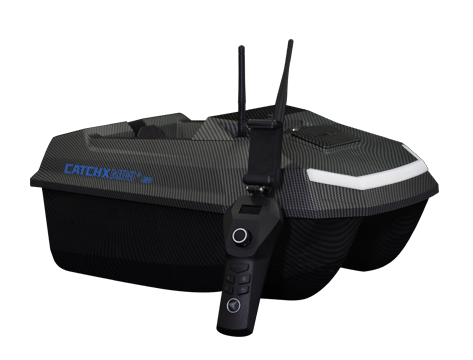How to Install Bite Alarms with Receiver: A Comprehensive Guide
Fishing enthusiasts are always on the lookout for innovative tools that can enhance their fishing experience. One such convenient tool is the wireless bite alarm, designed to provide anglers with real-time insights into underwater fish activity. Through wireless signals, these devices transmit fish movements to the angler's smartphone or other smart devices, enabling timely adjustments to fishing strategies, such as bait and fishing spot choices. In this article, we will explore the intricacies of installing bite alarms with receivers to maximize their effectiveness in your fishing endeavors.

Choosing the Right Bite Alarm with Receiver
Before delving into the installation process, it's crucial to understand the common types and features of bite alarms with receivers. Typically, these devices come in two main types: sound alarms and vibration alarms. Sound alarms utilize built-in speakers to produce alert sounds, notifying anglers of fish bites or line movement. On the other hand, vibration alarms detect fish activity through vibration sensors, signaling bites or line movement through tactile feedback. Some advanced models even combine both sound and vibration alerts for a comprehensive fishing experience.
Installation Steps for Bite Alarms with Receiver
Generally, bite alarms with receivers consist of three components: the detector, receiver, and bracket. While specific installation steps may vary based on the brand and model, the fundamental steps remain consistent:
Detector Installation
Begin by inserting the probe of the bite alarm into the fishing rod, ensuring that the probe maintains a horizontal position for accurate sensing of fish activity immersed in the water.
Receiver Installation
Open the receiver and connect it to your smartphone or other terminal devices. Detailed instructions and operation guides are typically provided, making the setup process straightforward.
Bracket Installation
Mount the bracket onto the fishing rod, using securing straps if necessary to ensure stability.
Testing Your Bite Alarm with Receiver
Once installed, it's essential to conduct some simple tests to ensure the proper functioning of your bite alarm with receiver. Before testing, fine-tune and set the alarm parameters such as sensitivity, volume, and vibration duration. Proceed with the following tests:
Routine Test
Place the fishing rod on a table and gently pull or tap the fishing line to check if the bite alarm can promptly and accurately emit alert signals.
Field Test
Attach the alarm to the fishing rod and engage in actual fishing. Observe how effectively the alarm reacts to fish activity, promptly notifying you of any movements.
In conclusion, when installing and using bite alarms with receivers, prioritize proper fixation and calibration to ensure optimal functionality and increase the likelihood of a successful fishing experience. For beginners, it's advisable to start with a moderate quantity of products for trial purposes before deciding on more advanced options. The integration of these smart fishing tools into your angling repertoire can undoubtedly elevate your fishing game.























